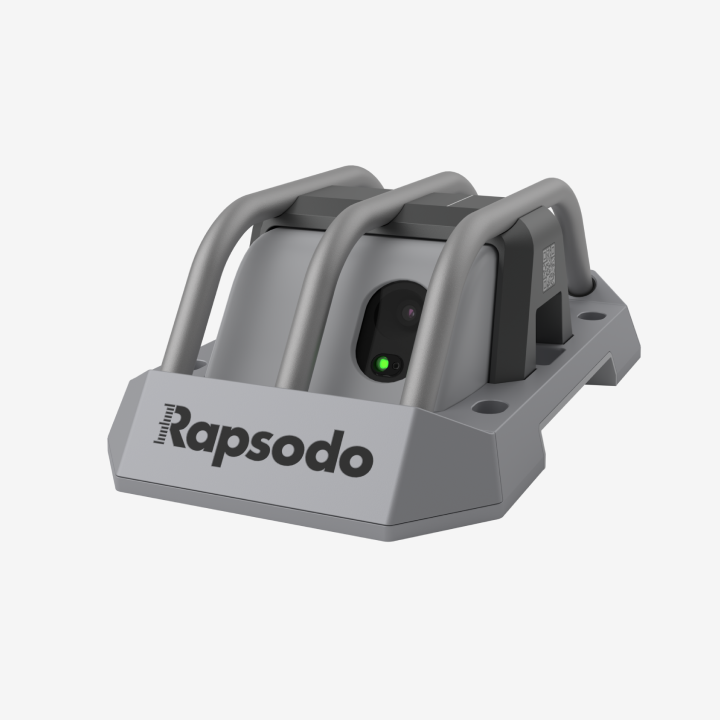In part one of this series, we established the profile for our hypothetical pitcher’s fastball. The key to developing and designing secondary pitches is understanding how the individual pitches play off the fastball, as it gives us a reference point for release and where these pitches should live on the break chart.
For our pitcher, given the riding nature of his fastball, we want to build a curveball that has a lot of depth so they can maximize the north-south effectiveness between the two pitches.
For any secondary pitch, the first data points to be aware of are the release point measurements. If these are off significantly from the pitcher’s fastball, the number one goal should be to correct those and match up the release points as closely as possible.
Once the release point is solidified and the pitcher can throw both pitches from the same area consistently, the next measurement to analyze is the break/movement profile of the pitch. Since our pitcher generates a good amount of fastball lift (with room for improvement), the curveball should generate roughly the same amount of vertical drop. However, this pitch should also have some horizontal component to its movement profile. By adding in some horizontal movement, this keeps the pitcher from living exclusively in the vertical plane.
A good benchmark to shoot for when fitting this type of curveball is matching the horizontal break of the fastball, just in the opposite direction. Looking at our pitcher, the curveball horizontal break we would want him to hit in this case would be around -8.6 inches. Below is a bullpen sample of our pitcher’s curveball:
| Pitch # | Velocity (mph) | Spin Rate (mph) | Spin Direction (hh:mm) | Spin Efficiency (%) | Release Height (ft.) | Release Side (ft.) | Vertical Break (in.) | Horizontal Break (in.) |
| 1 | 75.6 | 3001 | 6:54 | 79.1 | 5.9 | 2.1 | -18.2 | -9.3 |
| 2 | 74.5 | 2904 | 6:52 | 82.2 | 5.9 | 2.2 | -17.8 | -9.4 |
| 3 | 75.3 | 3050 | 6:56 | 78.7 | 6.0 | 2.1 | -18.1 | -9.3 |
| 4 | 76.3 | 3014 | 6:58 | 81.0 | 5.9 | 2.2 | -17.9 | -9.6 |
| 5 | 76.9 | 3013 | 6:48 | 79.7 | 5.9 | 2.1 | -19.0 | -8.1 |
| Average | 75.7 | 2996 | 6:54 | 80.1 | 5.9 | 2.1 | -18.2 | -9.1 |
When taking the spin direction, release point, and break measurements into account, this is a fantastic pairing for our pitcher. They are able to successfully replicate their fastball release point with this pitch, and their spin direction and break measurements are almost perfect opposites of their respective fastball numbers.
Obviously being able to spin the ball at an elite level helps our pitcher; if their raw spin was lower, we’d put an emphasis on maximizing spin efficiency to get as much as possible out of the spin. That isn’t to say that increasing spin efficiency wouldn’t be a point of emphasis for our pitcher, either. Doing so would only increase their break measurements, which is what we want to do for these particular pitch types.

Now that we’ve seen an example of a perfect complement to our pitcher’s fastball without much need for change, the next part in the series will take a look at a changeup offering with some definite room for improvement.
















